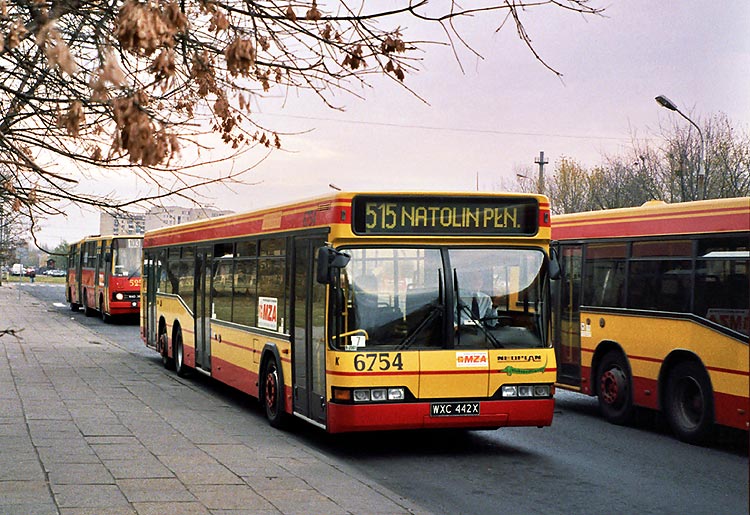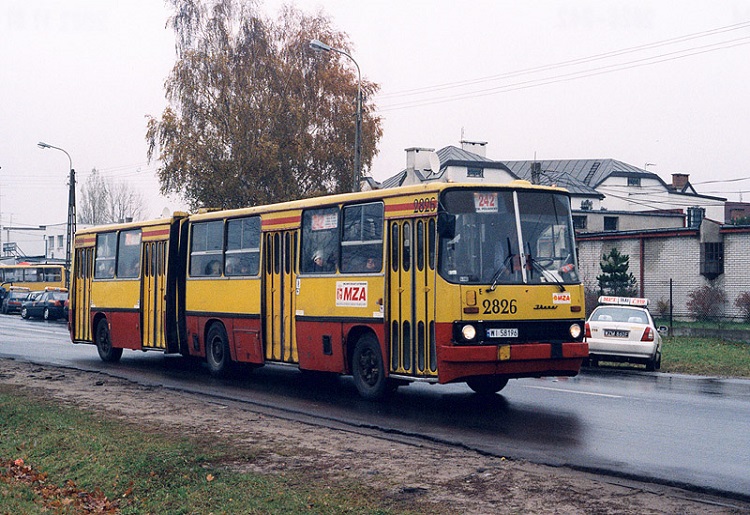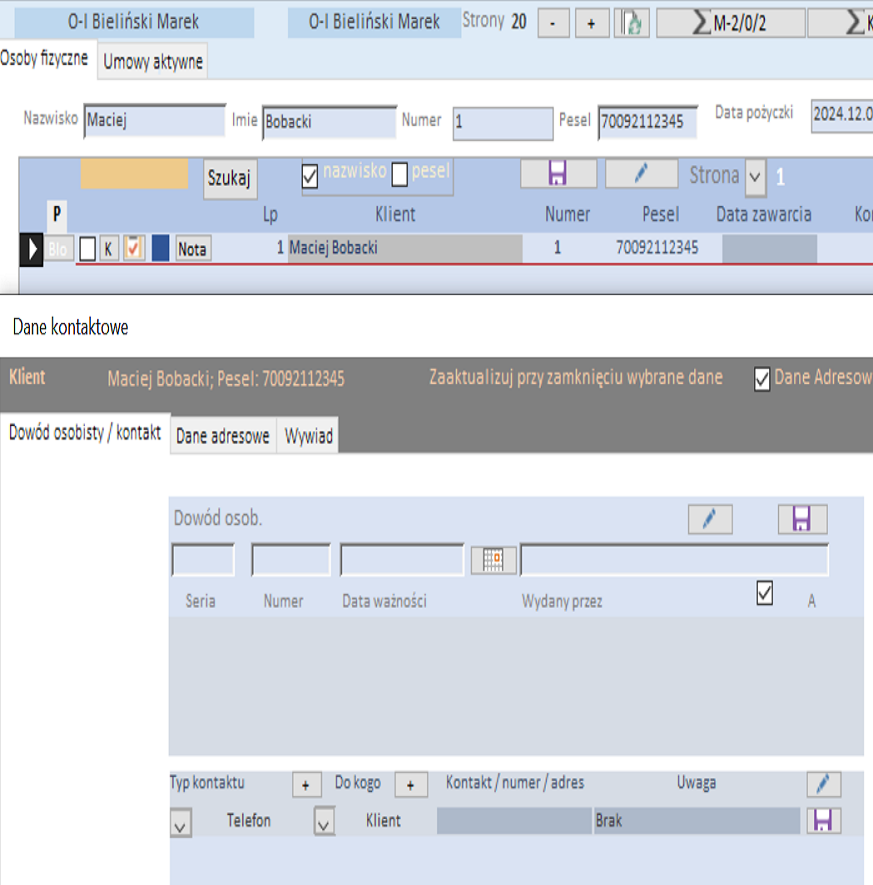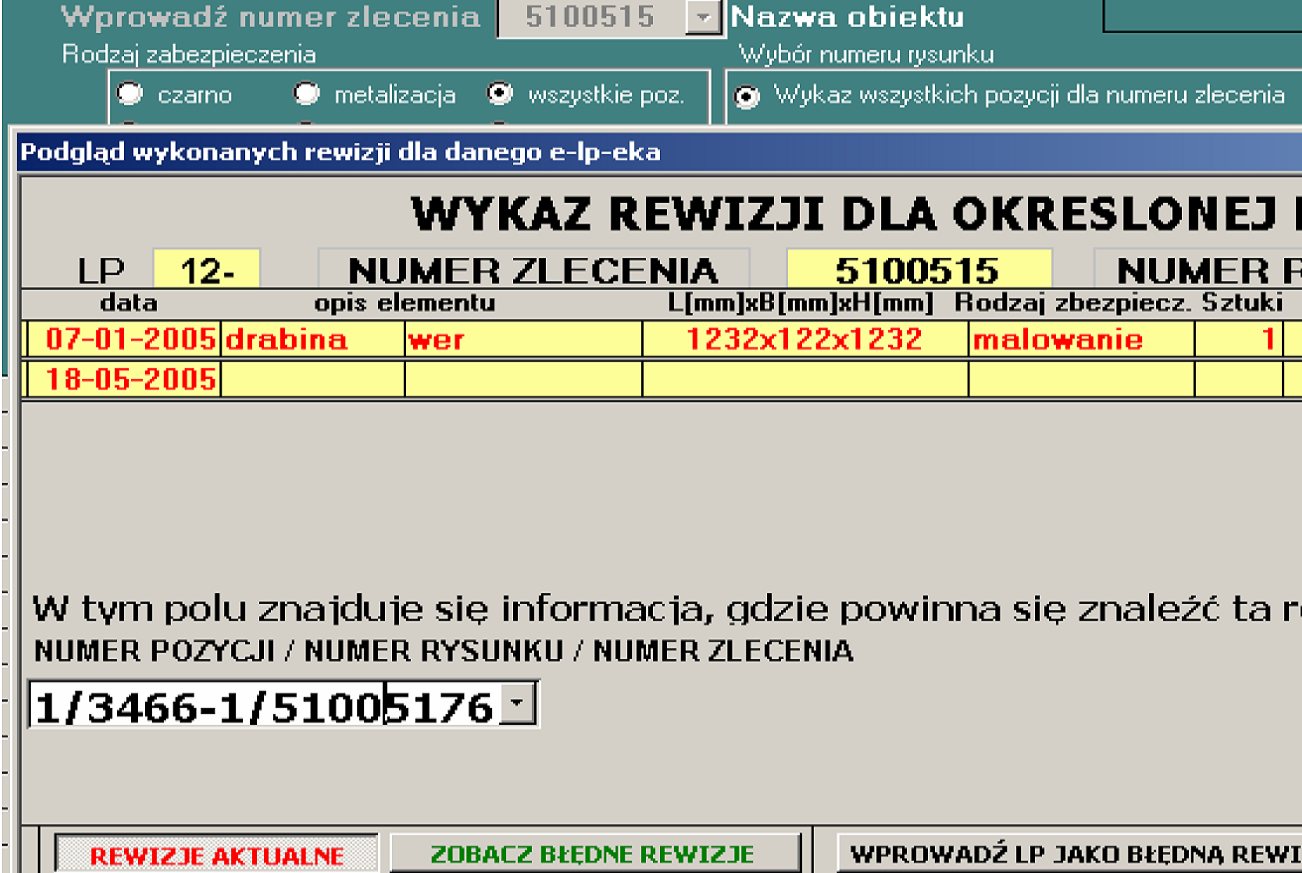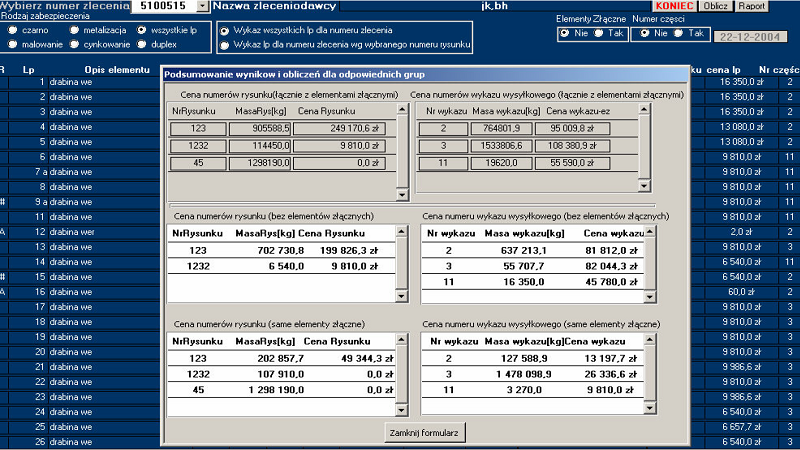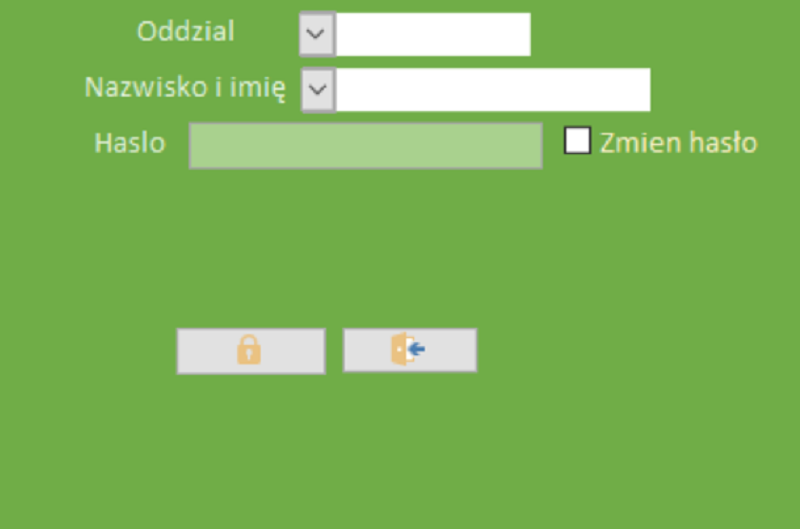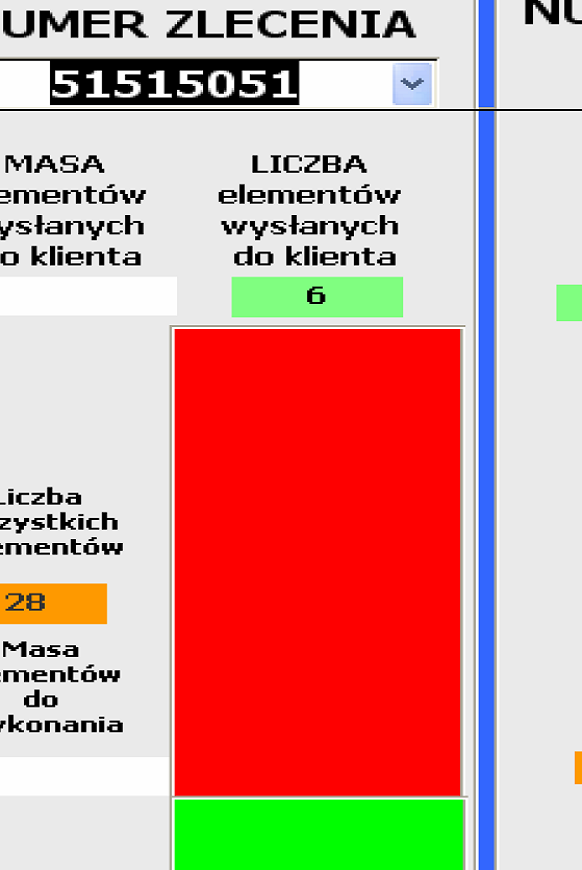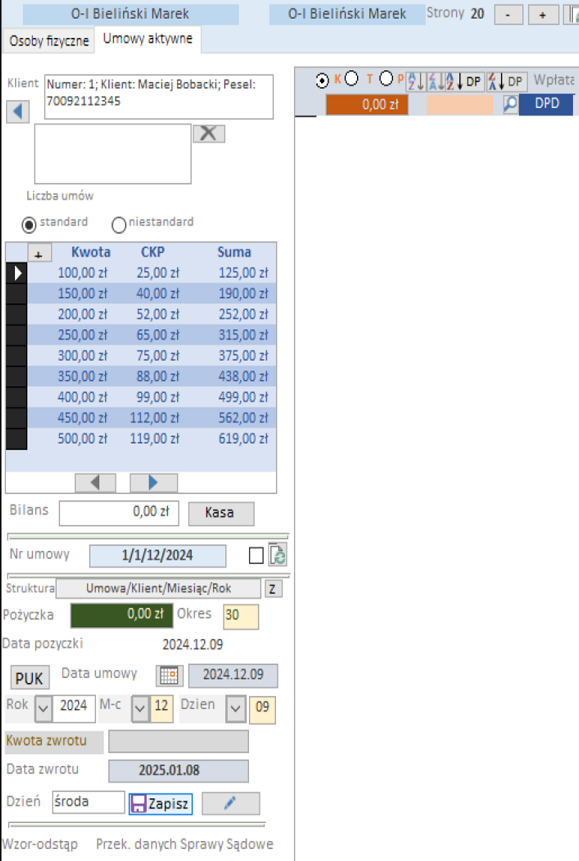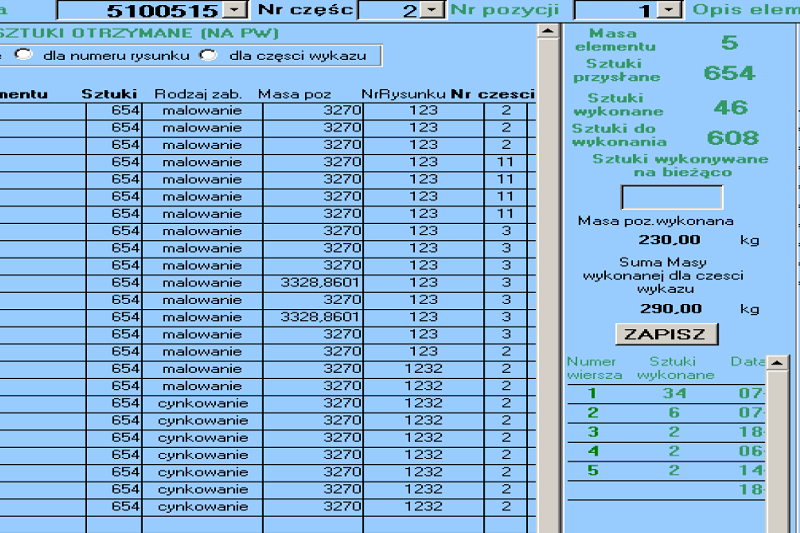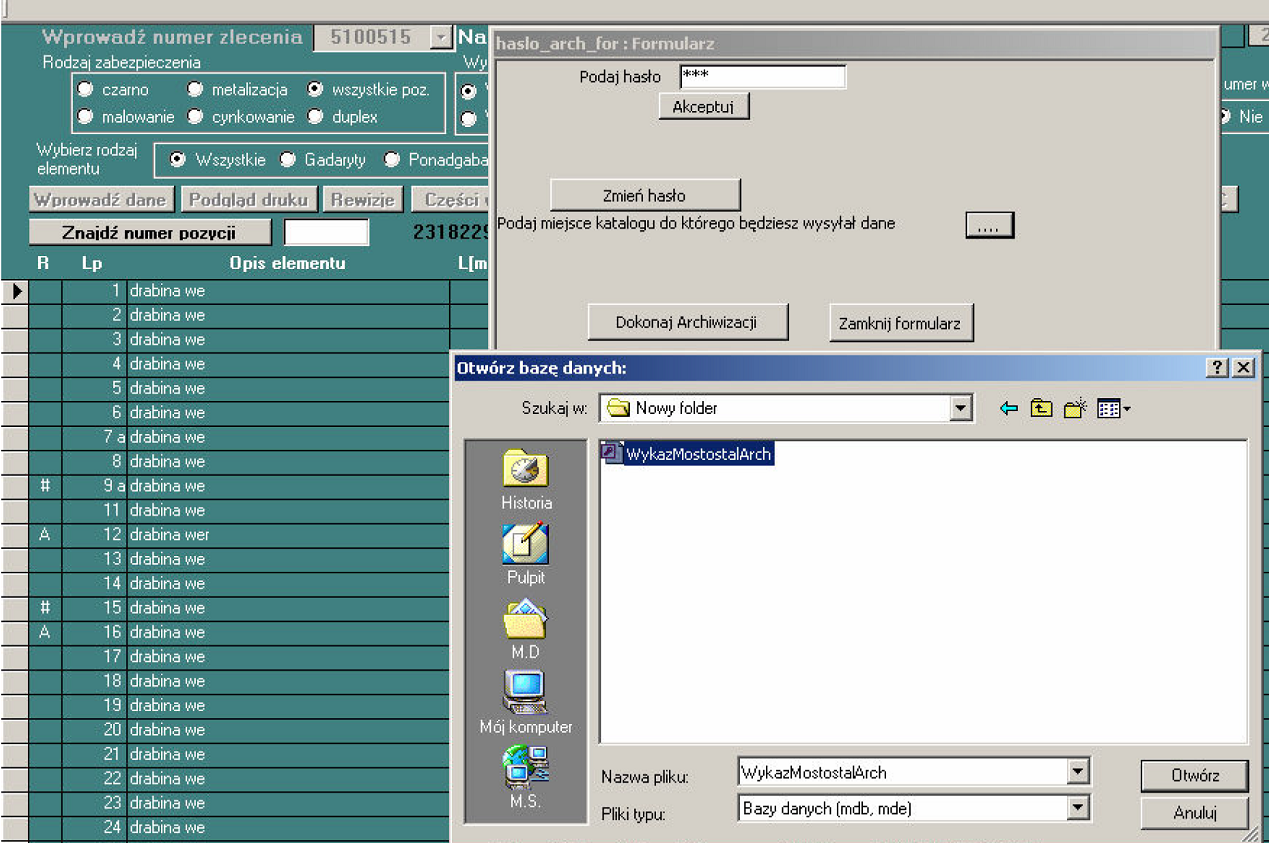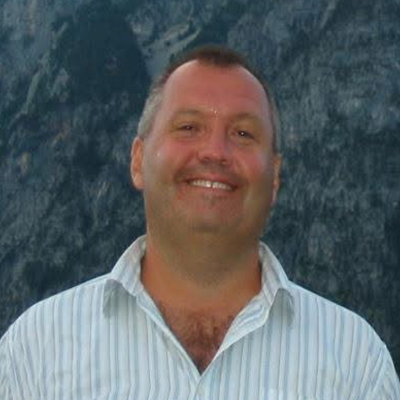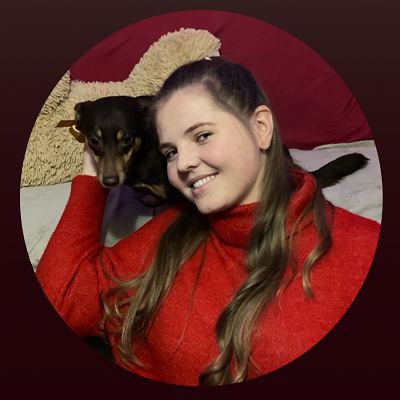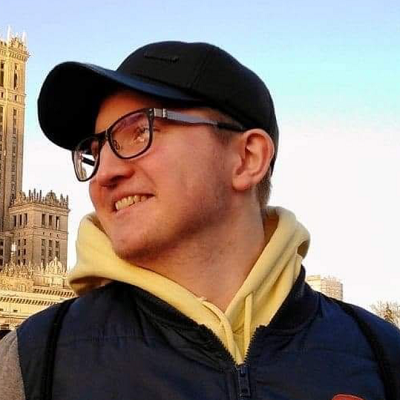
Lappstore.
Lappstore is a niche software developer offering advanced solutions for businesses of all sizes, from small enterprises to international corporations.
The quality of our products has been repeatedly recognized, both by users and industry experts.
Flagship Product: Genesis of the creation “Shipping Register (2005)”
This program earned prestigious awards and became a groundbreaking solution in the logistics management industry. It stands out not only for its technological innovation but also for its unique development story:
• Challenge: The project was commissioned by Mostostal after 50 software companies, including 10 of the largest in Poland, declined to take it on.
• Development: The program was created by our founder in just six months, overcoming significant technological challenges and rejection by the country’s top experts.
• Outcome: The application supports up to 500 users simultaneously and has processed over 30 million records.
Since 2005, we have been developing software, introducing solutions tailored to various industries:
• Automotive services
• Fitness and gyms
• Library and school schedule management
All projects are based on an in-depth analysis of user needs and expert feedback.
• Technology: The program is built using MS Access and VBA, integrated with a free MySQL database, ensuring efficient data processing without slowdowns.
• Technical Problem-Solving: A unique numerical data synchronization mechanism has eliminated recording errors, reducing them to 0%.
• Practical Implementation: The program meets the highest usability standards, as confirmed by practical feedback from users.
Currently, Lappstore is a recognized provider of niche business software.
Our products combine advanced technology with practical solutions that support business growth at every stage of operation.
A Programmer's Success Story
In 2003, Huta Warszawa took an unexpected step by securing my contract with Mostostal for what was then an astronomical amount—equivalent to today’s 100 million PLN.
At the time, all of this was happening behind my back. Once I understood the situation, it became clear to me that I had been handed a challenge that would change the course of my career.
At first glance (sight), Huta Warszawa’s decision seemed risky—the factory stood to lose the entire deposit if I failed to deliver the program upon which their success depended.
Where Was the Logic Behind this Venture?
The answer lay in the unpaid invoices owed to "Huta Warszawa", which hung over Mostostal like an unintended burden.
Mostostal, a prestigious company, was leveraging other people’s money to build its potential.
They paid minimal amounts, akin to installment plans stretched over many years—even accepting penalty fees, as it was still far more advantageous than paying Huta in full.
So, what kind (amount) of money was Huta Warszawa fighting for? Most likely, no less than 500 million PLN.
Why Did Huta Warszawa Take Such a Huge Risk?
I was a programmer with no prior experience—in fact, the situation was becoming increasingly unfavorable for Huta. At Mostostal, there was immense pressure to have the program developed; there was no doubt about that.
The problem, however, was that no one wanted to write the program for Mostostal—or rather, no one knew how to. All fifty software companies that Mostostal approached had declined the project.
Could It Be a Hidden Collusion Over the Contract?
Probably not, and for several reasons—one of which is the timing and context: the years 1998–2003. Collusion schemes became a societal phenomenon after 2005, arriving a bit late for the turn of the millennium.
To clarify, the ten largest software companies in Poland—the giants
of Polish IT—responded unequivocally:
"The technological process described in the Mostostal contract contains such intricate and complex mathematical mechanisms that it is impossible to program."
To any internal voice suggesting, "This is just standard negotiation procedure," I respond directly: "Not on this scale, and not at that time."
While there is some support for the "internal voice" theory—namely, the fact that each of the software companies Mostostal approached suggested a non-refundable advance payment ranging from 500,000 PLN to 5 million PLN (depending on the company) "to try" developing the program—this approach does not align with collusion but rather with a lack of confidence in the feasibility of the project.
A Third Party
This was not a Mostostal employee, but someone whose own professional matters were unfolding at the time. For this person, fairness in the contract’s valuation was more important than for anyone else. In fact, I am 100% certain that this person wanted me to get the most challenging contract of my life—but also to 100% ensure that I would never be able to complete it.
This outcome was meant to be decided by the expert opinions of mathematicians, who were tasked by the companies to evaluate, analyze, and assess the problem. Their findings were documented on official records.
I will say this much: everyone at Mostostal was well aware that the companies refusing to take on the project were acting honestly and transparently in their approach.
What Does This Knowledge Bring to "Huta Warszawa"? Simply Put—Trouble.
This creates a significant risk for Huta Warszawa. If Mostostal strikes a deal with the largest software company and gives them the equivalent of 50 million PLN today "to try to write the program," it could turn into a never-ending "financial odyssey."
In such a scenario, Huta might never recover (get back) its 500 million PLN, as the funds could be endlessly consumed by unsuccessful attempts to develop the program.
From "Minus Zero" to Success
When I started working on the program, I wasn’t just at a "zero" level as someone with no professional experience—I was at a "minus zero" level, influenced by a group of outstanding mathematicians who had declared,
"This cannot be done."
The preparations began in September 2003. Over the following months, I met with Mostostal’s technologists and IT specialists, learning about production processes, supply mechanisms, and the operational details of the plant. This was an intense training period that allowed me to understand the problem and envision potential solutions.
The key moment came in December during a presentation of my vision for the program to Mostostal’s board. In the room were 15–20 people: directors, managers, and production plant supervisors. Despite the stress and technical difficulties during the presentation, made me earn their trust. The head of the board stood up and said:
"Marek, you have the green light from all of us. You’re writing this program."
The Outcome of My Work
The program I created was successfully implemented at Mostostal, enabling "Huta Warszawa" to recover 500 million PLN in lost capital. This was an immense source of satisfaction—a testament to the fact that even someone without professional experience, armed with determination and a willingness to expand their knowledge, can tackle challenges that others deem impossible.
The saying "you can’t pour from an empty cup" proves true, yet behind my effort was a wealth of knowledge that simply went unrecognized.
My approach to the contract was met with both admiration and deep skepticism. Just a year earlier, I had applied for a position as a technologist in a subsidiary or office branch of Mostostal, with strong backing. At the time, the job offered a six-month salary of 6,000 PLN net. Now, the same Mostostal wanted to sign a six-month contract for 60,000 PLN—a situation that felt almost unreal.
Despite the surreal nature of the offer, I approached the contract professionally, making an effort to bury any lingering skepticism deep in my pocket.
Summary
My story is an example of how courage, risk-taking, and collaboration can lead to groundbreaking achievements.
At that moment, Mostostal and Huta Warszawa placed their trust in someone who, on the surface, seemed to have no chance.
Yet, we managed to accomplish something that became a lasting part of the history of these companies—and my career.
"A Man Who Brings Hope for a Better Tomorrow"
This was the title of an award I received in 1999 as an MZA Warszawa bus driver on the Inflancka "R-5" line. It was given to me by Huta Warszawa as a token of gratitude for my commitment to the workers on their night shifts.
- My role went beyond driving I ensured their comfort during the commute from the Huta bus loop to the office building.
- To provide a peaceful atmosphere, I avoided opening the rear doors at certain stops, preventing the cold air or noise from disturbing their rest.
- Once we reached the loop, I allowed the workers to nap on the bus for a good 40 minutes while I had my dinner in the MZA dispatcher’s office.
- Want to know more? Kepp reading...

Academic and Scientific Achievements
- 1994: I earned a spot in an informal ranking of the world's top five physicists/mathematicians, thanks to my discovery of the third method for calculating the diameter of a cylinder using spheres, based on differential equation calculus.
- 1998: I received an award from the Faculty Council for my work in database logic. Some of my tasks related to the principles of coach transportation operations were recorded under three distinct transcription methods and included as examination problems in Database courses.
Specifically, about 15 problems were formulated, including three transitional and master's thesis-level tasks designed by me.

Education
- Graduate of the Warsaw University of Technology, Faculty of Automotive and Construction Machinery Engineering, majoring in Computer-Aided Design. Supervisor of the master's thesis: Prof. Jerzy Wórbel.
- Graduate of the Mechanical Technical School in Siedlce, class of '89, 5'mt class. Homeroom teacher: Prof. J. Pietrzak (Physics). Special recognition for Prof. E. Pietrzykowska (Mathematics).
"A Man Who Brings Hope for a Better Tomorrow"
Description of the Award
The award I received from the workers of Huta Warszawa held great symbolic and practical significance, impacting the lives of many. It was a token of gratitude for my daily efforts in transporting Huta employees to their night shifts on bus lines 156 and 195. Thanks to my dedication, the workers could comfortably reach the Huta office building, ensuring a peaceful start to their "demanding workdays"
The award also had an academic dimension and was accompanied by a modest bonus of 200 PLN, deposited into the R-5 depot’s fund. This gesture coincided with dramatic changes in public transportation – during the "low-floor bus reform," as many as 100 of the best drivers and 10 mechanics were unfairly dismissed from the R-5 depot.
My efforts, including working over 110 hours driving a bus with non-functional brakes on route 107, contributed to the reinstatement of these individuals. The drivers, who were unjustly dismissed, found themselves in a state of deep mental agony – nearly in a hopeless professional situation. Decision-makers in the executive committee had put them in this position through resolutions and directives that, instead of offering support, only exacerbated their struggles. Despite the harsh conditions, further tragedies were averted, and the day of “ultimate downfall” never came.
The Gesture of the Still Workers
The workers, taking advantage of moments of rest and sleep on my bus, appreciated my efforts. While they rested, I would have my dinner in the dispatch room, and this entire gesture was immortalized in a letter of gratitude sent to the Director of R-5. Upon reading their words, the director was visibly moved. However, among other drivers, there were warnings that my actions might lead to disciplinary consequences.
Low-Floor Buses – Overcoming Challenges
As a student working in public transportation, I was assigned to operate special, new low-floor buses. Unfortunately, these vehicles suffered from significant design and maintenance flaws, often ending their routes on tow trucks. Among 700 drivers, I was the only one who could operate these buses for more than a few hours.
My efforts during this challenging time, both for MZA and Huta Warszawa, were recognized, and the award I received symbolizes a combination of courage, determination, and collaboration under difficult circumstances.
In one year of work, I achieved 150% of the standard working hours, which allowed me to sustain the operations of the drivers and mechanics who found themselves in the mental agony of their lives. During this time, 100 drivers and 10 mechanics were dismissed from their jobs. Their fortunes only changed when the Executive Committee, invited by the dismissed workers to the R5 depot, began analyzing my yearly work schedule. Based on this, a temporary reinstatement of the dismissed employees was enforced. However, their continued employment depended on my ability to maintain 110% of the working hours standard.
These were not easy days—brakes were malfunctioning, and the clutch and brake pedals would cause unexpected reactions, such as electric shocks. The financial penalties imposed on me for working with that bus were far greater than one could imagine.
The most absurd penalties were for a "lack of lights" in the bus—even at noon. The total sum of these penalties exceeded fifty times the average fines imposed on other drivers. This raised controversy and a kind of awakening among the drivers, who couldn’t believe I was actually working with that bus.
After I completed the period of 110%+ hours, the full reinstatement of drivers and mechanics had to take place. A second Executive Committee meeting was convened, this time with three times as many participants as the first meeting. Surprisingly, many attendees came armed, postponing their arrival several times. There were far fewer drivers present compared to the first meeting, as this second session was supposed to focus only on formalities.
I was also meant to attend the meeting as a witness to my work, but due to the procedures and the excessive financial penalties, I was unable to participate. Everything proceeded in accordance with the rules and regulations, albeit through a different process.
It was only the intervention of the steelworkers—about whom no one knew anything—that changed the course of events. Even the best intelligence network in the world, available to the Executive Committee and connected to a former President of Poland, uncovered nothing extraordinary about the five-person delegation from the steel mill. This delegation, however, reacted emotionally to any mention of me. They sobbed discreetly and knelt on the steps of the bus I was driving, praying inside when the other drivers weren’t looking.
These were people full of humility and respect for hard work, giving everything of themselves so that others could receive much more than they could ever give to themselves. Nothing about these overworked, weathered, and perhaps slightly dirty workers stood out to the Executive Committee. Yet, their unyielding character and strength, harder than the steel they produced, lay hidden deep within them. They did not flaunt their courage or determination.
The steelworkers’ persistence ultimately led the Director of ZTM to annul the absurd penalties imposed on me for my exemplary and model work. Furthermore, at the steelworkers' request, one of the ZTM directors took on the burden of paying off those fines by taking out a personal loan—a sum equivalent to the value of five apartments in Warsaw.

Shipping Register
A program designed for recording items sent to a client. The title page provides a general list of items, categorizing them into secured or unsecured elements, detailing the number of items and which elements have been corrected.
Kepp reading...
On the title page, all information is presented in a "knowledge snapshot," while the remaining pages are used for a detailed listing of items, including three assigned parameters: length, width (or depth), and height.
Finance
The principle is simple: a client arrives, and the internal system verifies the criteria for disbursing funds and checks the financial balance in the electronic cash register, which mirrors the physical cash register.Keep reading Funds disbursed from the register are electronically balanced, periodically reconciled, and automatically recorded at the end of each month. The system logs client interactions, displays payment histories, and automates payment processes, ensuring correctness. In many cases, it replaces the user in routine tasks.
Scheduler
This program is designed to organize work schedules for teachers. A key feature is the administrative structure for the given academic year. Teachers are assigned hourly statuses and the classes they will teach in specific subjects. Teachers can work mixed shifts, such as teaching classes 13 and then supervising in the daycare. The system automatically assigns classroom numbers to teachers but allows for manual adjustments. It always tracks which classrooms are available at specific times, how many students the rooms can accommodate, and how many teaching hours need to be assigned to each teacher.
Car Service
This is a register for technical inspections and completed repairs, documenting the replacement parts for specific vehicles. It efficiently supports managing the parts inventory, ordering supplies, and maintaining awareness of frequently used parts.
Shipping List
Shipping List
A Comprehensive Solution for Modern Enterprises Our application, "Shipping List", is an advanced tool consisting of nine modules that work harmoniously to streamline every aspect of business operations.The modules include:
-
• Sales – supports sales management and customer relationship handling.
• Technology – enables integration with CAD tools and automation of technological processes.
• Inventory – optimizes warehouse management and resource control.
• Production – monitors production processes to ensure smoothness and efficiency.
• Security – enhances data and operations safety.
• Transport – aids logistics and delivery planning.
• Finance – integrates financial management and accounting.
• Monitoring – provides real-time insights into company processes.
• Customer Product Reception – streamlines communication and service for end customers.
Support for Various Departments and Users
The "Shipping List" application is designed with a wide range of users in mind, from managers to financial, sales, warehouse, technological, and transport teams. With an intuitive interface and high flexibility, the application adapts to the specific operations of any company, regardless of its size or organizational structure.
Advanced Technical Features
A key element of our application is its integration with MS Access and AutoCAD, offering:
• The ability to print technical drawings directly from the application, eliminating the need to store graphic objects in files.
• Use of the LISP programming language in AutoCAD and VBA for parametric drawing records, significantly speeding up design processes and revisions.
• Clear and efficient performance, allowing engineers and designers to focus on creating innovative solutions.
Tailored Approach to Clients
The application is designed to accommodate the unique characteristics of each client’s business. Solutions can be tailored to specific needs, industries, and company sizes. As a result, "Shipping List" is suitable for small, medium, and large enterprises alike.
A Decade Ahead of the Market
Our approach to application design is based on precise analysis and meticulous planning. We create solutions that, thanks to a high level of automation, enable companies to focus on key challenges while saving time and resources
Proven Quality and Innovation
The quality of our software has been recognized by independent experts, as evidenced by numerous certifications and awards. "Shipping List" sets new market standards and offers capabilities that were previously considered unattainable.
Finance
Finance
Your Support in Managing Short-Term LoansThe "Finance" program is an advanced application designed for companies offering short-term loans, commonly known as "payday loans." Through close collaboration with clients, we have developed a solution that combines the highest methodological standards with an intuitive and practical interface.
Comprehensive Support for Loan Processes
The application is designed to precisely reflect each stage of the loan granting process:
1. Loan Registration – the client signs the contract, receives cash, and commits to repayment on specified dates.
2. Automatic Financial Flow Management – the program records every inflow and outflow of funds, ensuring full compliance with the procedures applicable in the lending company.
3. Handling Various Repayment Models – it accommodates both one-time repayments and installment payments, taking into account specific criteria arising from contracts and legal regulations.
4. Dynamic Tax Calculation – the program automatically calculates taxes based on current regulations, considering the amount of installments and type of repayment.
5. Recording Customer Contacts – detailed information about interactions with clients, especially those who are overdue on payments, is accurately recorded and accessible to users..
Flexibility and Automation
One of the program's key strengths is its flexibility. Management procedures and loan terms can be adjusted according to changes in legislation or internal regulations of the company. Mechanisms like dynamic APR (Annual Percentage Rate) calculation allow the company to respond quickly to changing market conditions.Automated Reporting and Data Analysis
The program provides detailed reports that:• Display a list of clients along with their repayment history.
• Distinguish between clients who have repaid 100% of their debts and those who have made only partial payments. • Present financial data in a printable format, significantly easing the accounting workload.
Precision and Security
With advanced algorithms and precise process analysis, the program eliminates the risk of errors, such as incorrect interest or tax calculations. Each process is conducted according to established rules, making "Finance" a reliable tool.Adaptability to Different Industries and Structures
Although the program is designed for companies offering payday loans, its flexibility makes it suitable for use in banks, especially in credit card management departments. The philosophy and methodology of the program align with universal financial management standards, making it a versatile tool.Client Feedback on the Program
One of our clients described the "Finance" program as their "salvation." Thanks to it, they could automate processes that were previously managed manually, saving time and minimizing the risk of errors. The client emphasized that the ability to modify program settings according to changing regulations and the functionality of automated reporting make "Finance" stand out from other solutions on the market.Summary
"Finance" is a tool that, through innovation, precision, and flexibility, adapts to the specific needs of each company. By automating key processes and ensuring compliance with applicable regulations, the program allows businesses to focus on growth while eliminating unnecessary formalities and the risk of errors.Document PDF
Contact
Address:
Siedlce 08-110, ul Kilińskiego 9
Call Us
+ brak
E-mail address
below
Our Newsletter
If you want to subscribe to the latest happenings!

Portfolio in PDF / CONTAcT
"In this section, we can examine the saved file, view an example of the logical structure of the database, and several 'pages' of selected VBA code. The applications are developed in MS Access. Each application contains approximately 80 tables, 200 queries, 150 forms, and 50 reports, with the code amounting to about 2,500 A4 pages."
PORTFOLIO in PDF CONTACTPortfolio
Pictures of selected produkcts


